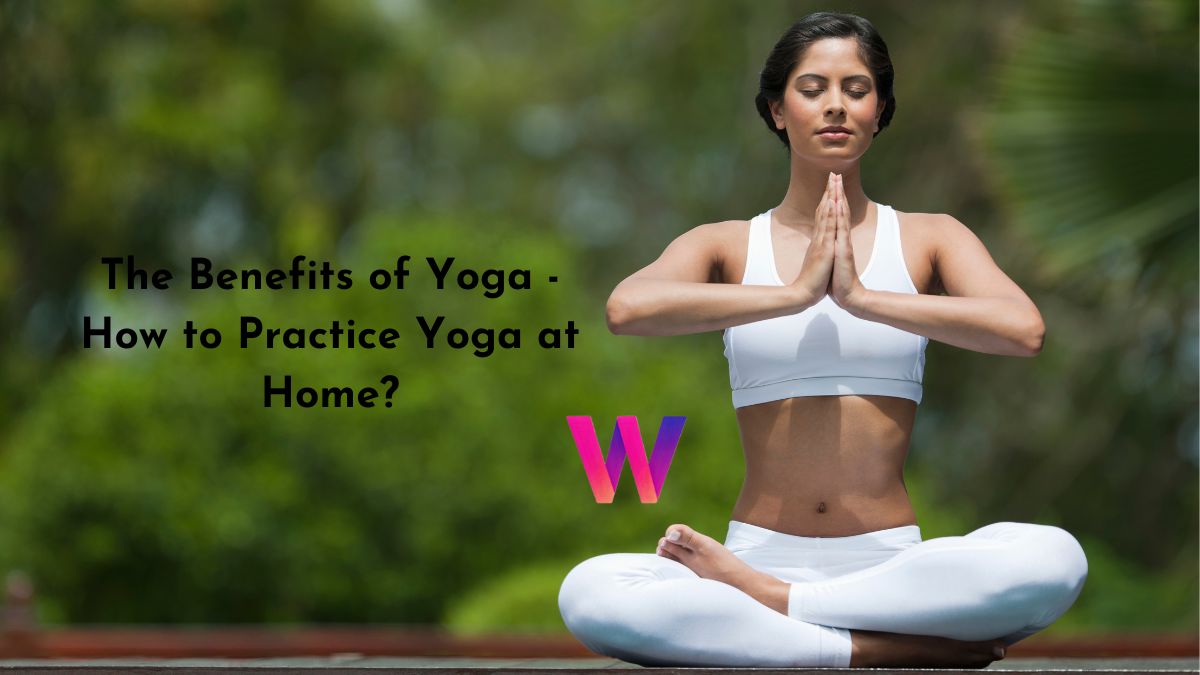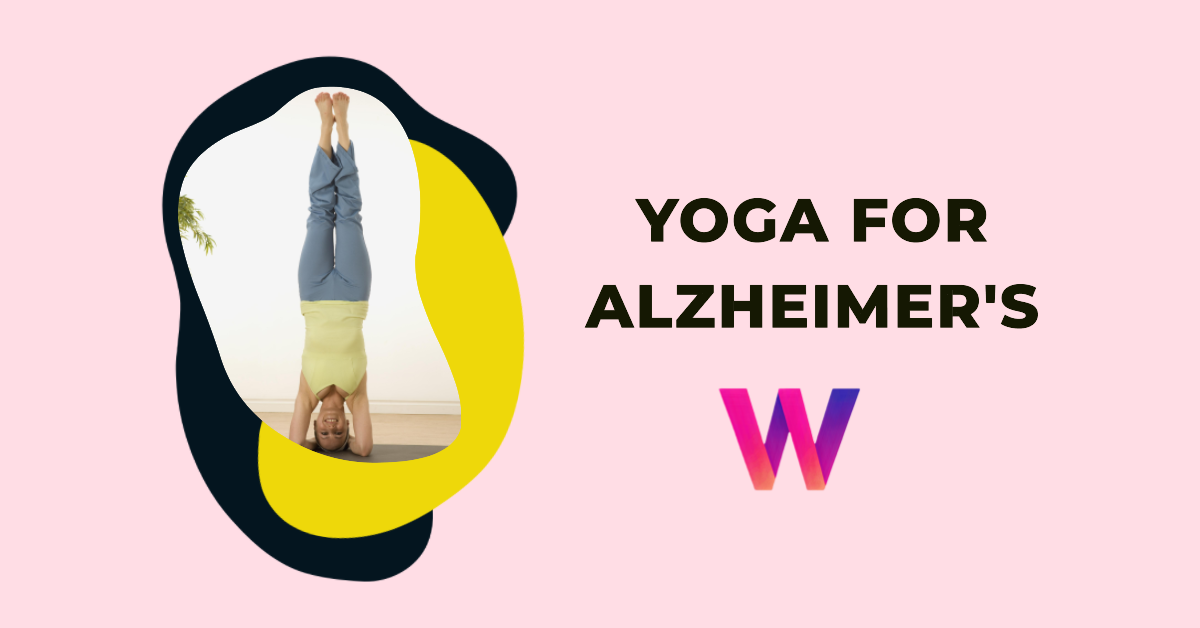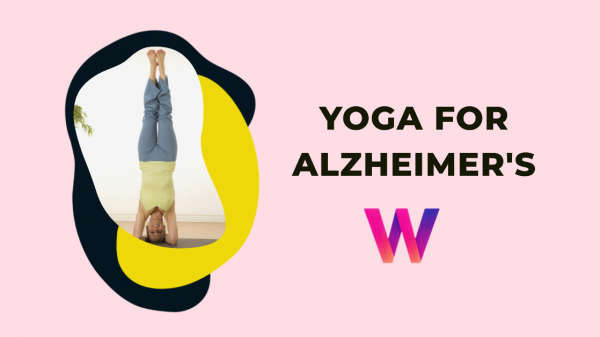Yoga is an ancient practice that originated in India and has spread all over the world. It involves physical poses, breathing techniques, meditation, and ethical principles. Yoga can offer many benefits for people of all ages and backgrounds, from improving physical and mental health to enhancing spiritual well-being. In this article, we will explore some of the benefits of yoga and how you can incorporate it into your daily life.
Table of Contents
Below are some Benefits of Yoga:
Yoga improves flexibility, strength, and balance:
One of the most obvious benefits of yoga is that it improves your flexibility, strength, and balance. By doing various poses, you stretch and strengthen your muscles, joints, and ligaments, which can help prevent injuries and improve your posture. You also challenge your balance and coordination, which can enhance your stability and prevent falls. According to a worldwide survey by Yoga Journal and Yoga Alliance, the most cited reason people do yoga is to increase flexibility.
Flexibility, strength, and balance are especially important as you age, as they can help you maintain your mobility and independence. A 2019 study found that yoga slowed down the loss of flexibility and improved it in older adults. Another study found that yoga improved balance and reduced fear of falling in older women.
Yoga helps with stress relief and mental health:
Another benefit of yoga is that it helps with stress relief and mental health. Yoga can reduce the physical and psychological effects of stress, such as high blood pressure, heart rate, cortisol levels, anxiety, and depression. Yoga does this by activating the parasympathetic nervous system, which is responsible for relaxation and healing. Yoga also promotes mindfulness, which is the awareness of the present moment without judgment. Mindfulness can help you cope with negative emotions and thoughts more effectively. The second most cited reason people do yoga is to relieve stress.
Yoga can also help with various mental health conditions, such as major depressive disorder (MDD), post-traumatic stress disorder (PTSD), and insomnia. A 2017 meta-analysis of 23 studies concluded that yoga can be considered an effective alternative treatment for MDD. A 2018 review of 13 studies found that yoga improved symptoms of PTSD in trauma survivors. A 2019 study found that a consistent bedtime yoga routine improved sleep quality and duration in people with chronic insomnia.
Yoga benefits heart health and reduces inflammation
Yoga can also benefit your heart health and reduce inflammation in your body. Yoga can lower your blood pressure, cholesterol, triglycerides, and glucose levels, which are all risk factors for cardiovascular disease. Yoga can also improve your heart rate variability (HRV), which is a measure of how well your heart adapts to changing demands. A higher HRV indicates a healthier heart and nervous system. A 2018 study found that yoga increased HRV in healthy adults.
Inflammation is a natural response to injury or infection, but when it becomes chronic or excessive, it can lead to various diseases, such as diabetes, arthritis, cancer, and Alzheimer’s disease. Yoga can reduce inflammation by modulating the immune system and lowering stress hormones. A 2019 study found that yoga reduced inflammatory markers in people with metabolic syndrome. Another study found that yoga reduced inflammation in breast cancer survivors.
Yoga enhances spiritual well-being
Finally, yoga can enhance your spiritual well-being by connecting you with yourself, others, and the universe. Yoga is not a religion, but a philosophy that embraces various values and practices that can enrich your life. Some of these include:
- Ahimsa: non-violence or compassion for all living beings
- Satya: truthfulness or honesty
- Asteya: non-stealing or generosity
- Brahmacharya: moderation or self-control
- Aparigraha: non-attachment or contentment
- Saucha: purity or cleanliness
- Santosha: satisfaction or gratitude
- Tapas: discipline or enthusiasm
- Svadhyaya: self-study or introspection
- Ishvara Pranidhana: surrender or devotion
By following these principles, you can cultivate a positive attitude, a sense of purpose, a moral compass, and a connection with something greater than yourself. Yoga also offers various techniques to enhance your spiritual awareness, such as meditation, chanting, mantra, prayer, breath work, ritual, and selfless action.
How to start practicing yoga at home:
Practicing yoga at home can be a great way to enjoy the benefits of yoga without having to go to a studio or a class. However, it can also be challenging to start and maintain a home yoga practice, especially if you are new to yoga or don’t have much guidance. Here are some tips on how to start practicing yoga at home:
- Find or create a suitable space. You need a quiet, clean, and uncluttered space that has enough room for you to move around and stretch. You also need some essential yoga props, such as a mat, a strap, blocks, a blanket, and a bolster. You can use substitutes from your home, such as a belt instead of a strap, or books instead of blocks. Make sure your space is comfortable and inviting, and free from distractions, such as TVs, radios, phones, and other people.
- Choose a time and duration that works for you. You don’t have to practice for a long time or at a specific time of the day. You can start with five minutes, five poses, or five counts of breath work, and gradually increase the length and intensity of your practice as you feel ready. You can also choose a time that suits your schedule and energy level, such as in the morning to wake up, in the evening to wind down, or anytime in between to take a break.
- Follow an online class or video, or create your own sequence. If you are not sure what to do on your mat, you can follow an online class or video that matches your level and style of yoga. There are many free and paid options available online, such as Yoga International, Yoga with Adriene, or Gaiam TV. You can also create your own sequence by choosing poses that you like or that target specific areas of your body or mind. You can use books, websites, or apps as references for the poses and their alignment (3).
- Check in on your alignment and listen to your body. As you practice on your own, it is important to pay attention to your alignment and avoid injury. You can use a mirror, a camera, or a friend to check if you are doing the poses correctly. You can also pause or rewind an online class or video if you need to see the pose again. Most importantly, listen to your body and respect its limits. Don’t force yourself into poses that cause pain or discomfort. Modify or skip poses that don’t feel right for you. Use props to support yourself and make the poses more accessible.
- Enjoy yourself and have fun. Yoga is not a competition or a chore. It is a practice that can bring you joy, peace, and well-being. Don’t worry about doing everything perfectly or following strict rules. Experiment with different poses, styles, and teachers. Find what feels good for you and makes you happy. Be playful and curious on your mat. Celebrate your progress and achievements. Be grateful for your practice and yourself.
I hope these tips help you start practicing yoga at home and enjoy its benefits. Remember that yoga is more than just physical exercise; it is also a way of life that can transform you from the inside out.
Conclusion
Yoga is a holistic practice that can benefit you in many ways. It can improve your flexibility, strength, and balance; help you with stress relief and mental health; benefit your heart health and reduce inflammation; and enhance your spiritual well-being. Whether you are a beginner or an expert, you can find a style of yoga that suits your needs and preferences. You can also practice yoga at home, in a studio, or outdoors, depending on your convenience and comfort. Yoga is more than just a physical exercise; it is a way of life that can transform you from the inside out.
FAQs:
Q: How often should I practice yoga?
A: There is no definitive answer to this question, as it depends on your goals, schedule, and preferences. However, some general guidelines are:
- If you are new to yoga, start with 2-3 times a week for 20-30 minutes each session.
- If you want to maintain your health and well-being, aim for 3-5 times a week for 45-60 minutes each session.
- If you want to advance your practice and experience deeper benefits, practice daily for 60-90 minutes each session.
Q: What are the different types of yoga?
A: There are many types of yoga, each with its own characteristics and benefits. Some of the most popular ones are:
- Hatha: A general term for any type of yoga that involves physical poses. It is usually gentle and suitable for beginners.
- Vinyasa: A type of yoga that links breath with movement, creating a dynamic and flowing sequence of poses. It is usually moderate to vigorous and suitable for intermediate to advanced practitioners.
- Bikram: A type of yoga that consists of 26 poses and two breathing exercises performed in a heated room (around 105°F or 40°C). It is usually intense and suitable for intermediate to advanced practitioners.
- Ashtanga: A type of yoga that follows a fixed sequence of six series of poses, each increasing in difficulty. It is usually vigorous and suitable for intermediate to advanced practitioners.
- Iyengar: A type of yoga that focuses on alignment, precision, and detail in each pose. It often uses props, such as blocks, straps, and bolsters, to help with the correct posture. It is usually mild to moderate and suitable for beginners to advanced practitioners.
- Yin: A type of yoga that involves holding passive poses for several minutes, targeting the connective tissues, such as ligaments, tendons, and fascia. It is usually gentle and suitable for beginners to advanced practitioners.
Q: What should I wear and bring to a yoga class?
A: You should wear comfortable clothes that allow you to move freely and breathe easily. Avoid wearing anything too loose or too tight, as it may interfere with your practice. You should also bring a yoga mat, a towel, and a water bottle. Some studios may provide these items, but it is always good to have your own. You may also want to bring some optional items, such as a yoga block, a strap, a bolster, or an eye pillow, depending on the type of yoga you are doing.



